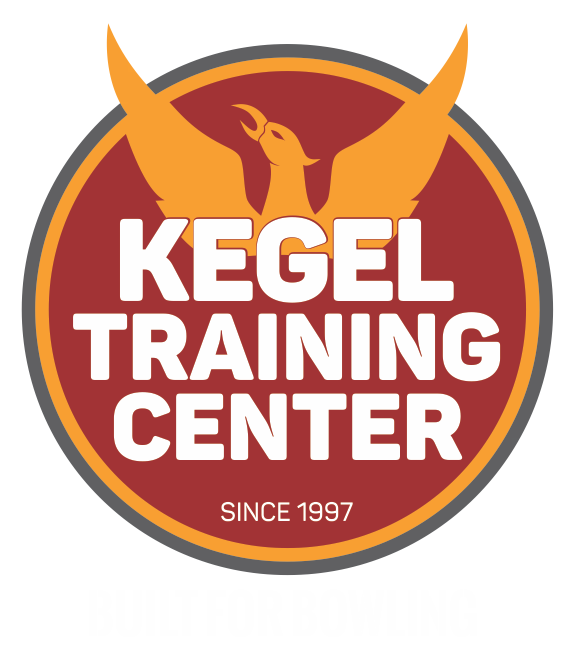Bowling is a challenging sport. No matter how long you have been bowling there is always something you can improve. The hardest part of getting better is knowing what to improve. By understanding what areas need development, and where to find help, your chances of improvement increase dramatically.
There are three stages of development for a bowler: physical game, lane play, and mental game. Each stage has different areas to concentrate on, with different people that can help you.
The first thing any bowler learns is the physical game. The physical game consists of two parts. The first part is developing consistency. Consistency is being able to throw the ball the same speed, with a similar release, and in the desired target range from shot to shot. The second part is versatility which is being able to use different releases, ball speeds, and targets without sacrificing consistency. Most bowlers first develop consistency then learn to make changes to better match up to different lane conditions. When seeking help with physical game good places to look are your local pro shop or a USA bowling certified coach. Another good tool to use is Computer Aided Tracking System (C.A.T.S.®). C.A.T.S. uses sensors placed on the lane that measure your ball speed and location on every shot. By practicing with C.A.T.S. you can analyze your accuracy over a range of shots.
The second stage for development is lane play. Lane play ties closely in with the 2nd part of the physical game. As a bowler becomes more versatile he/she then begins to learn what changes are possible. One of the most important keys to lane play is understanding the differences between your equipment. Lane play is understanding which of these changes have the highest chance for success. It is usually learned in three primary ways: trial and error, watching others, and training. This stage can be one of the most frustrating because there is not one definitive answer for every situation. The best people to help you in this stage are pro shop operators with an advanced understanding of lane patterns and ball motion. Another avenue for help is finding other higher average bowlers that have similar styles as you. By watching what part of the lane and what type of bowling ball they are using you can find ways to match up similarly with your own bowling.
The last and hardest stage, that ultimately means maturity as a bowler, is developing a competent mental game. The mental game consists of being able to tie in the other two stages with a thought pattern and self awareness that helps to lead to higher scores. What our body does is highly affected by what we are thinking. Why is the 11th strike in a row harder than the first 10? Did we change anything physically? No, the only changes are the perception of changes that we put into the picture. The more you find yourself in pressure situations the easier it becomes to deal with it. It is the hardest stage to teach. The best way is to develop self awareness to the point that you recognize not only your physical feel but also recognize the types of thought patterns that are present. The more you develop this awareness the more confidently you will execute each shot leading to a better chance of success. You can also seek help through professional sports psychologists such as Dr. Dean Hinitz.
One of the other great things about bowling is just when you think you have figured it out, they create a new conditioner, a new lane pattern, and new equipment that requires you to make new changes and new adjustments.
Finding the right help at the right time makes it much easier to develop your game to the next level. Another avenue of help that is available for any bowler is the Kegel Training Center in Lake Wales, FL. For more information go to www.kegeltrainingcenter.com or email



